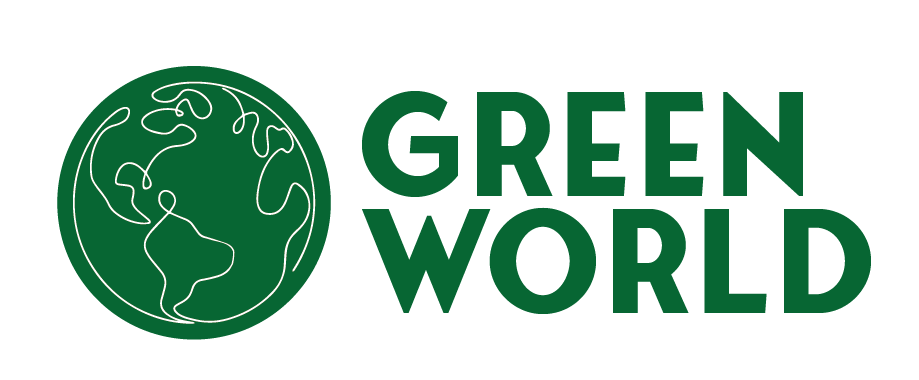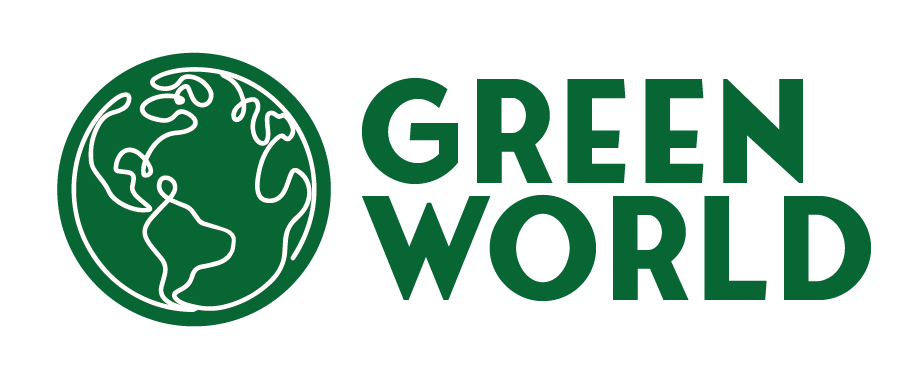Wind turbine orders and supply chain investments are on the rise in Europe, but significant challenges remain.
Despite a surge in wind turbine orders and supply chain investments, Europe is facing hurdles in meeting its ambitious wind energy targets. While the continent added 6.4 GW of new wind capacity in the first half of 2024, grid bottlenecks, permitting issues, and auction design flaws are hindering progress.
While Europe has seen an increase in wind turbine orders and auction volumes, investment decisions for new wind farms have declined. The permitting process, though improving in some countries, remains a challenge in others. Additionally, the high interest rates and input costs are making it difficult to secure funding for new projects, particularly large-scale offshore wind farms.
The EU’s Wind Power Package, introduced last year to address these issues, is showing some positive effects. The European Investment Bank has established a €5 billion counter-guarantee facility, and governments are improving their auction processes. Moreover, investments in the wind energy supply chain are increasing, with several new factories and expansions underway.
To meet its 2030 energy targets, Europe needs to accelerate its efforts in several areas. Governments must fully implement the EU’s permitting rules and ensure timely grid connections. Auction designs need to be improved to make the business case for new investments more attractive. Additionally, investments in ports and logistics infrastructure are essential.
Ultimately, the successful expansion of renewables in Europe depends on the electrification of energy. Governments must take immediate action to support the electrification of industry, transport, and heating.



